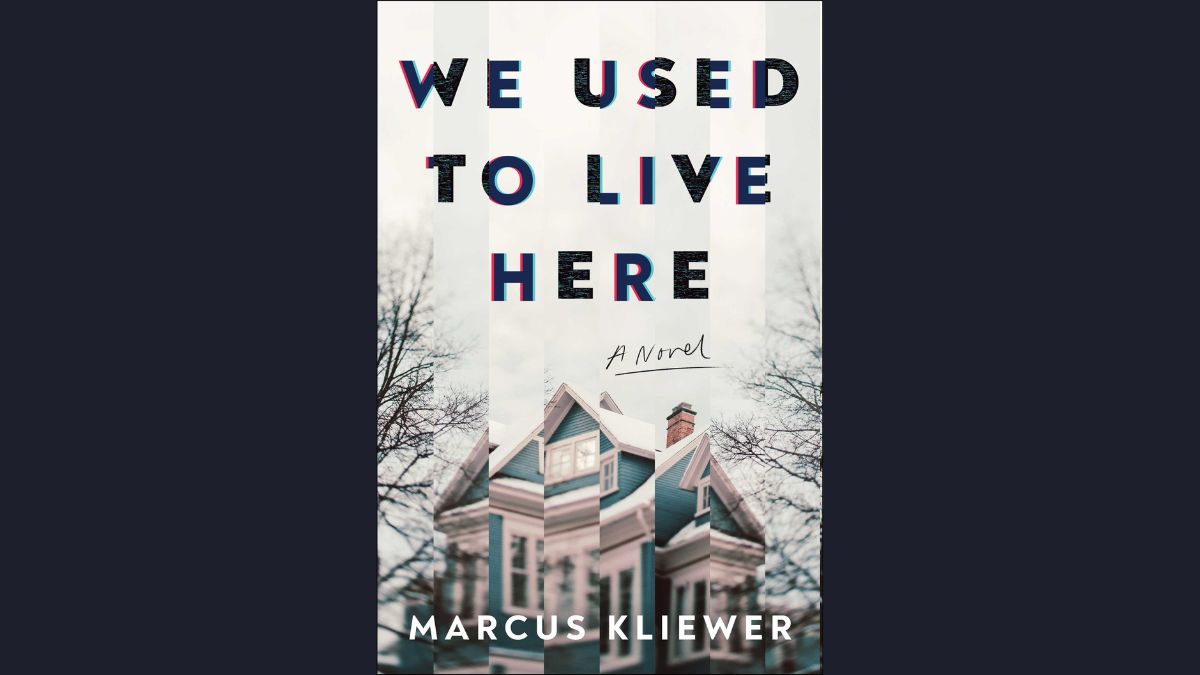You’re not the only one who isn’t sure what happened at the end of ‘We Used to Live Here’

This summer, the reading world was obsessed with Marcus Kliewer’s debut novel, We Used to Live Here, even though the book’s ending left us with more questions than answers.
The novel began as a serial story Kliewer shared on the subreddit r/NoSleep. After winning “Scariest Story of 2021” on that forum, Simon & Schuster offered the author a 3-book deal and a Netflix film before he’d finished writing. Blake Lively is currently set to star in the movie adaptation.
We Used to Live Here is a well-written, engrossing story, and Kliewer does an exceptional job of making the reader feel as mentally off-kilter as the protagonist. There’s just one problem: The ending is confusing! If you finished reading and you’re now wondering what happened, read on for some insight. Let’s figure this out together.
What is We Used to Live Here about?
Touted by its publisher as a cross between Parasite and Get Out, the book is about a couple, Eve and Charlotte (“Charlie”), who purchase an old house intending to flip it. One day while Charlie is out, Eve opens the door to find a family of five on her doorstep. Thomas, Paige, and their three kids are traveling across the country, but Thomas wants to stop by and show his children the house he grew up in.
Eve is reluctant, but allows the family inside … and then can’t get them out. Their young daughter goes missing, and a menacing figure materializes in the darkest corners of the house. Things keep changing; a large stained glass window is suddenly just plain glass, a room she never saw before appears, and Eve slowly spirals into a sort of frantic madness, spurred on by confusion and fear.
Between chapters, documents about mysterious occurrences in old homes in the area reveal that scientists have been studying the sort of discrepancies Eve is experiencing. Is she having trouble with her memory, losing grip on reality, or is something more sinister afoot?
Later, Eve stumbles upon a terrifying old man in a shack in the woods before finally reuniting with Charlie in a nearby motel room—but is it truly Charlie? Eve fears no one is who they seem. She quizzes Charlie to confirm she’s not a doppelganger, but hours later, she gets a phone call from “another” Charlie.
Convinced she has to rescue Charlie, Eve returns to the house, and that’s when things get really weird.
How does We Used to Live Here end?
Eve finds Thomas and his family living in her house as if it’s their own. Eve plays along, realizing that they think she is Thomas’s sister Emma, who lived with them after returning from a mental health facility years ago. The story mimics the one Thomas told Eve about his childhood in the house. Back then, his other sister, Alison, suddenly lost her grip on reality and wound up in a hospital, too.
Eve finally reaches her breaking point, kills Paige, and hurts Thomas badly. Eve/Emma is then imprisoned in an asylum, left to question what is real. No one remembers Eve, not even her parents. Thomas visits her to say he forgives her and gives her Charlie’s locket. She opens it and finds a photo of herself, realizing it’s the last picture of her true self in existence.
The book’s final chapter is another scientific document, a transcript from a web forum where a version of Charlie sought help finding her lost partner, Eve. Charlie claims she returned home to find their home boarded up, Eve gone, and their dog wandering the woods. There’s no sign Eve ever existed, and none of their mutual friends or family members remember her.
What does all this mean?
Kliewer purposely left the ending open for interpretation. The general consensus among readers is that the book is about alternate realities. The family who appeared at Eve’s door was just one version of them, and Thomas knows how to shift between realities. Some say the old man in the shack is actually the original Thomas, and he learned how to manipulate reality as a child, driving his sister insane in the process.
Have a tip we should know? tips@themarysue.com